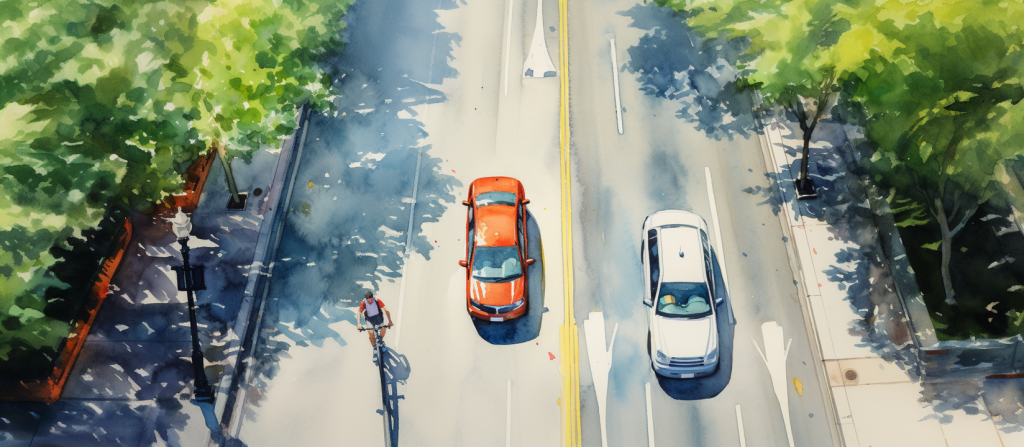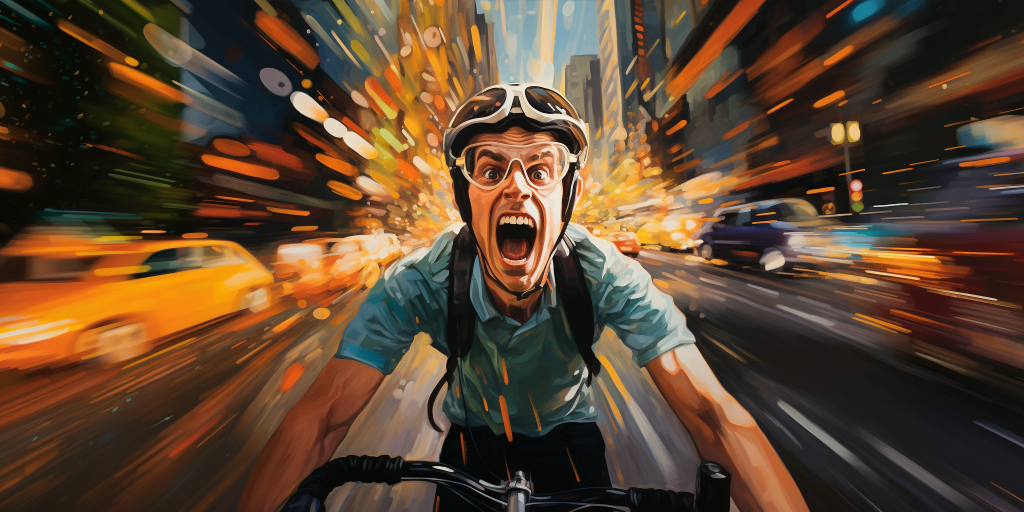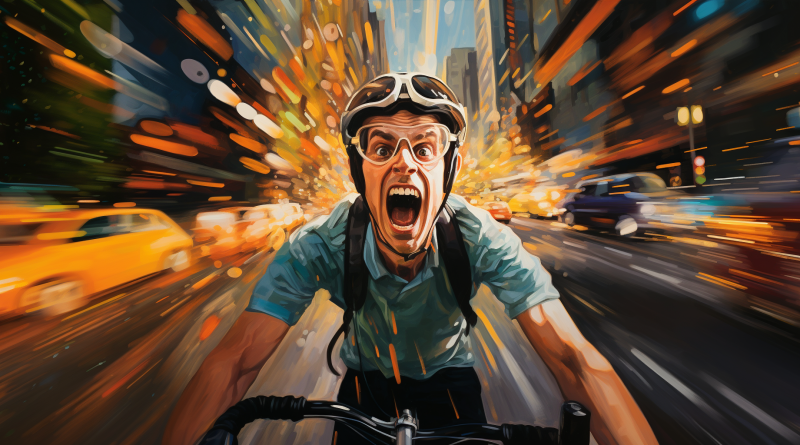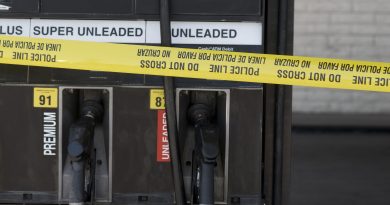Drivers: Please Don’t Honk At Cyclists. Ever.
When I moved to Detroit, the city’s infrastructure and its drivers both were often overtly hostile to cyclists. I recall an incident near Wayne State where I was crossing a street in a clearly marked crosswalk, and a driver ran through a stop sign at full speed and then slammed on the brakes, telling me to be careful, that she could have run me over! I was aware of this, having been nearly run over, of course, but it was such a weird thing that I just had to laugh about it. Nearly a decade later, we see inklings of progress– some protected bike lanes (even if mostly disconnected), road diets (even if this doesn’t even touch major thoroughfares and eludes most streets in the city), and the beginnings of the Joe Louis Greenway (transformative potential but it is taking years to build). But today, riding my bike down MLK, I got honked at by an angry driver in a 2010 Jeep Patriot– something that increasingly doesn’t happen to me. This is something you should never do to a cyclist– especially if the cyclist isn’t doing anything wrong.

I recall a line from the Missouri Motorcycle Operator Manual that talks about why motorcyclists need to have so much training in the mechanics of the machine they’re driving. Simple mechanical failures for a car, the manual said, can amount to a nuisance. A broken part might simply cause a warning light to come on. In contrast, a simple mechanical failure on a motorcycle, on the other hand, can translate to the immediate threat of lethal danger. There are fewer redundancies, and the spatial stability of a vehicle anchored on four points (wheels) is very different from this pair of wheels arranged just so they spin and keep the body of the machine upright. A car whose driver’s attention drifts idly for a moment might leave their lane, while a cyclist whose attention drifts for a second might well fall over.
Similar to the case of the motorcycle, a bicyclist has to worry about a ton of different factors that the brain is constantly processing as one rides– gravel or other obstacles in the road surface, condition of road surface in general, cracks in the pavement, and the position of every moving vehicle nearby. Most of these, drivers are only minimally aware of. For a cyclist (about 270lbs for myself, my eBike, and my backpack, compared to a 6,000 lb. Mustang Mach-E), we have to constantly be on alert for a society whose infrastructure basically wants us dead. In New York City alone– arguably the most walkable and transit-accessible city in the United States- more than one cyclist is killed in the average month, and that number has increased drastically over the past few years for a number of reasons.

In comparison to New York City, Detroit has twice the number of cycling and pedestrian fatalities with less than a tenth of the population. That’s pretty messed up.
Am I personally terribly worried about getting run over? Actively? Not really, but that doesn’t mean that I can simply turn off the adrenal response elicited by hearing a loud sound from behind me that I associate with someone being angry and signaling that I have done something very wrong that immediately threatens their life. A sedan running into me on a bike would likely wreck the sedan as much as it would wreck me.
But I’m less convinced about the outcome from a high-engine vehicle like an Escalade or an F150. Most cyclists (that I’m aware of) live in some degree of perpetual fear of this second one happening, because of the increased prevalence of huge cars, and because we know that the police typically let perpetrators of traffic violence off without so much as a ticket. Wrote Eric Roper in the Star-Tribune in 2016 of crashes in Minneapolis-St. Paul:
Between 2010 and 2014, there were 3,069 crashes with pedestrians in the Twin Cities and its suburbs. 95 were killed. 28 drivers were charged. But many of the deaths weren’t even judged worth a traffic ticket.
As a matter of tickets or charges per death, it occurs in less than a third of cases. Number of total crashes that resulted in charges? According to this, less than 1%. So, we know that the police don’t have our back. We know that the infrastructure doesn’t have our back, because we don’t have much in the way of dedicated cycling infrastructure. And so we now need to figure out how to convince drivers to not threaten our lives on the regular. While there are some different viewpoints about this in the cycling community– disagreements over whether cars and bikes can share roads in peaceful harmony, mostly- we all seem to agree that the current setup is bad and needs to be improved.

I know, I know– this was supposed to be a post about car horns, and instead, it’s turned into a treatise on traffic violence.
But that’s because the threat of traffic violence is something that the car horn is meant to mitigate. Horns come in different formats depending on what you’re trying to accomplish. The brief tap, for example, signals, “hey, dude, can you move?” while leaning on the horn suggests that another driver has done something most odious indeed. While driving, I try to avoid using the horn except for in egregious cases– cars running solid red lights, for example, or driving the wrong way down a one-way (these both happen daily in Detroit).
Car horns are loud– typically over 100dB. The threshold for permanent hearing damage from prolonged exposure is 70dB, and sounds over 100dB are where noise begins to feel physically unpleasant. In general, cyclists spending their time commuting every day are already exposing themselves to dangers in the format of not only physical collision but also inhalation of toxic particulates, to say nothing of the potential longterm implications of exposure to traffic noise. That car horns are loud is something to consider from a safety standpoint. Beyond that, though? It’s just kinda scary to hear a super loud noise behind you. Especially when you’re doing nothing wrong– like I was doing nothing wrong yesterday, just occupying a travel lane as I am legally allowed to do under state law.
So, drivers, I know it’s hard to imagine sharing a lane with a cyclist, but it is allowed by law in most jurisdictions, so it’s probably time to stop using the horn to communicate your feelings of insecurity and anguish to the world. Instead, figuring out how to travel with cyclists at similar, safe speeds (I hit 28mph on my eBike yesterday and managed to catch up with the guy who honked), it’s possible that we just might build a society with safer transportation infrastructure for all, regardless of whether your whip is a 2010 Jeep Patriot or a 2018 Trek Class III eBike. I’m not demanding that the cars get off all the roads– just that they stop honking at us.




